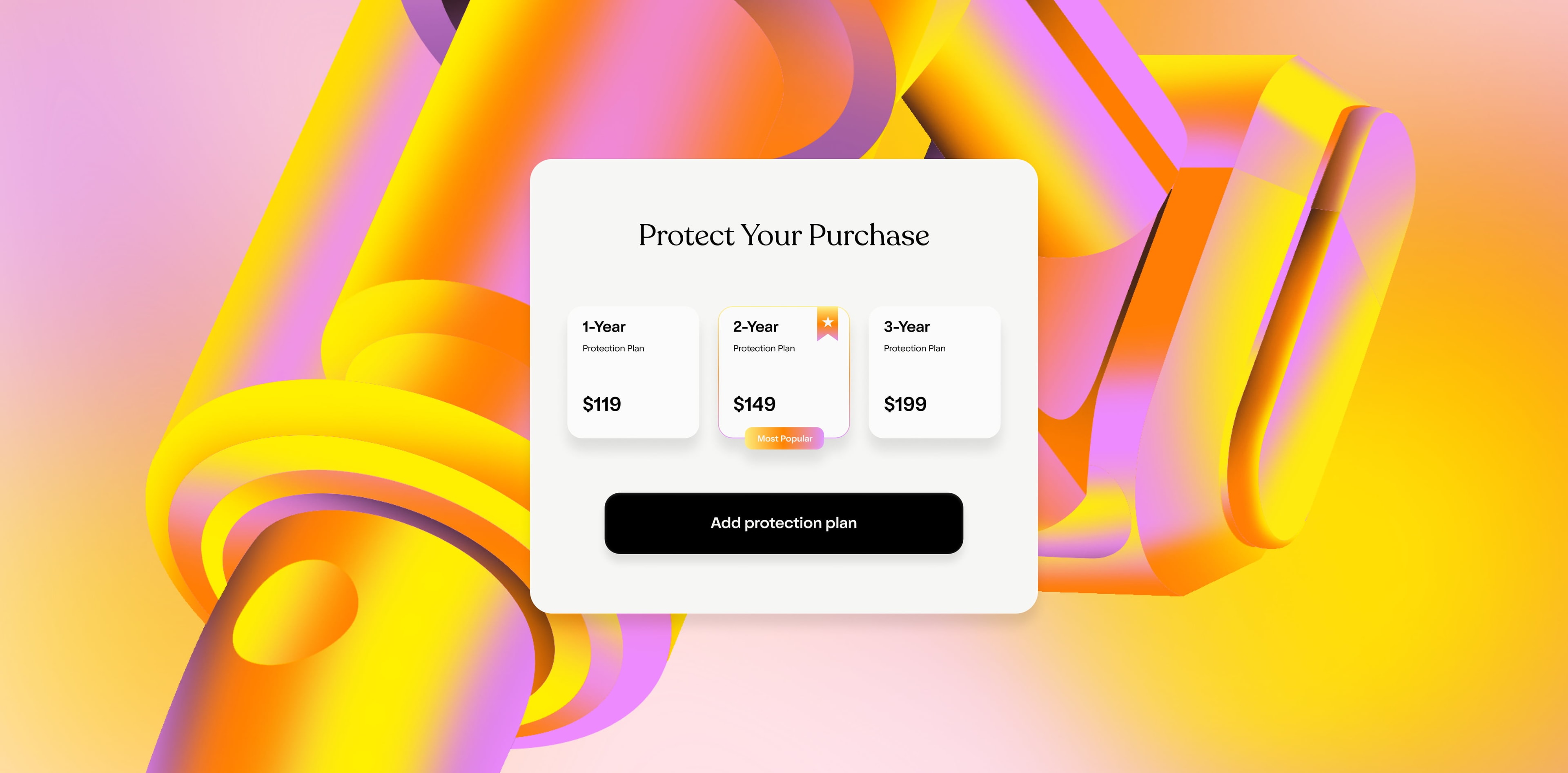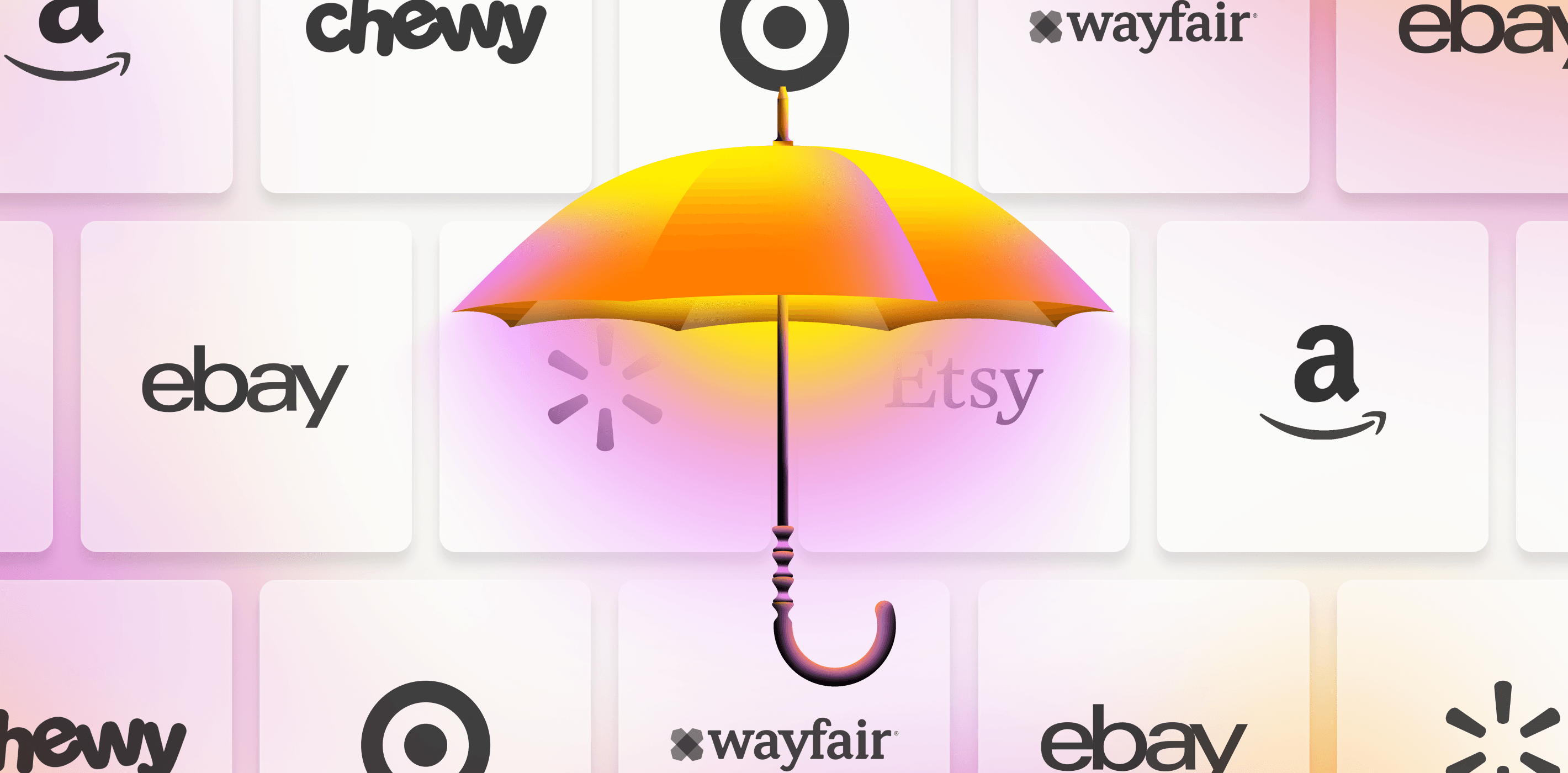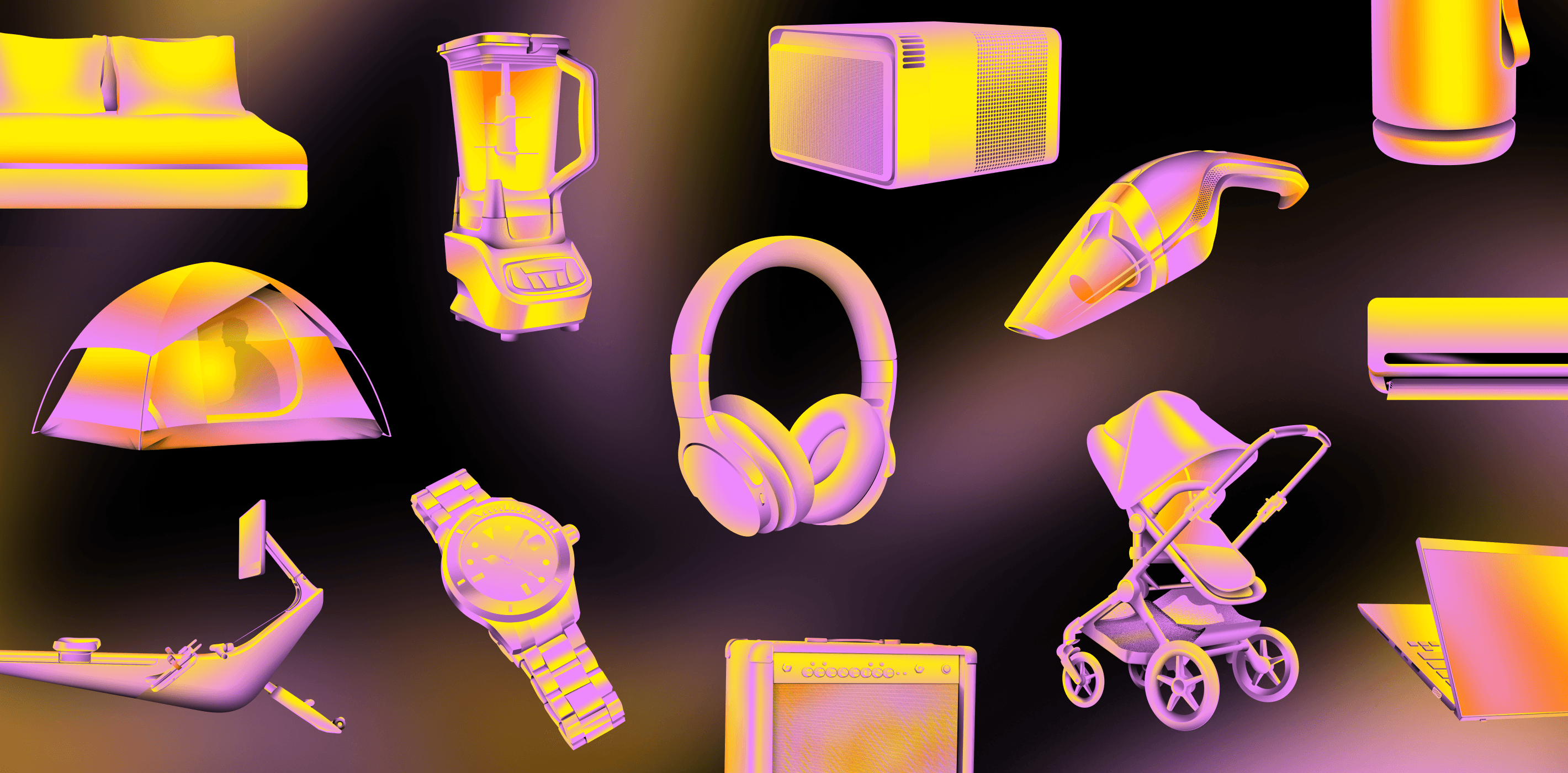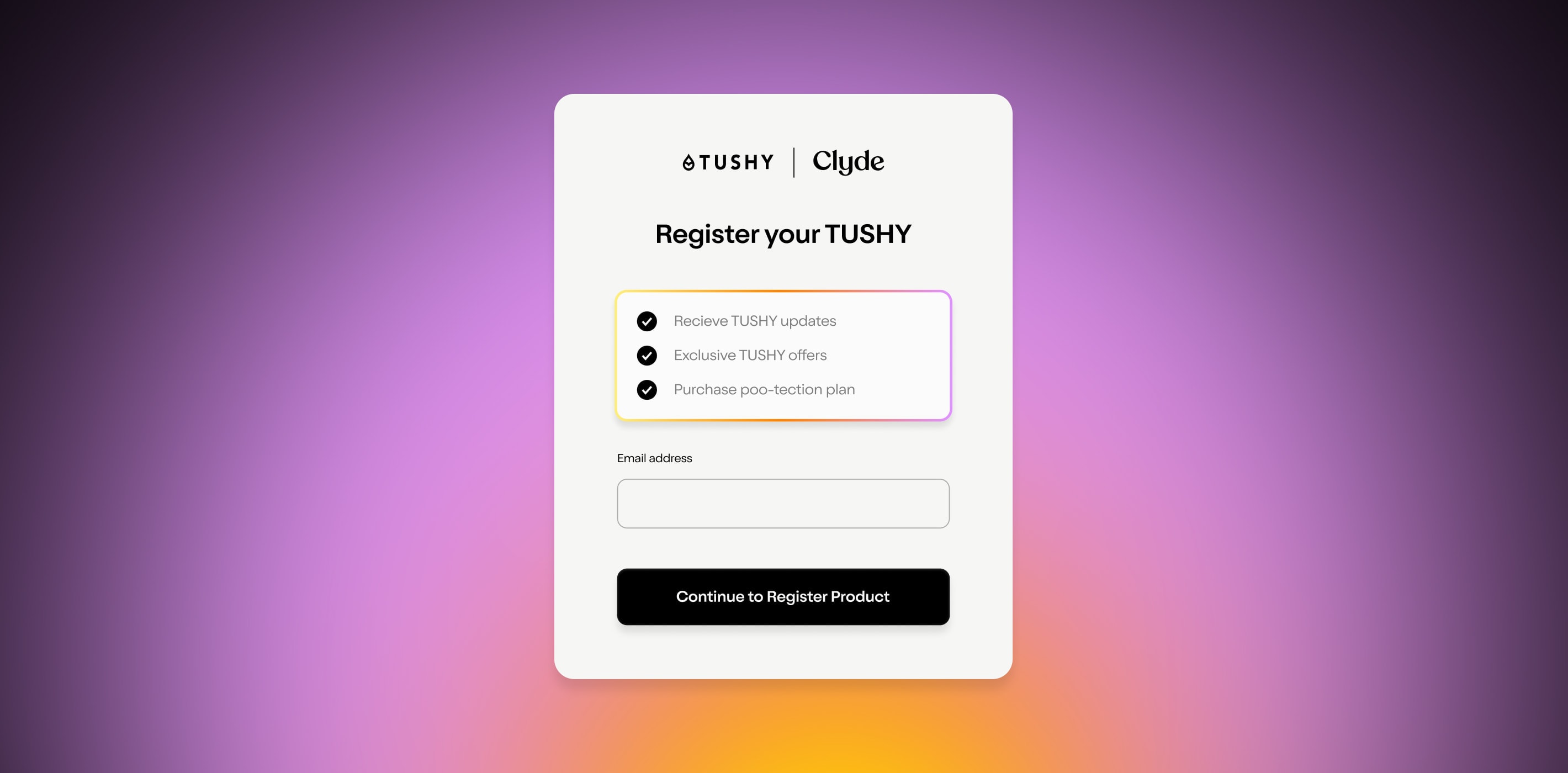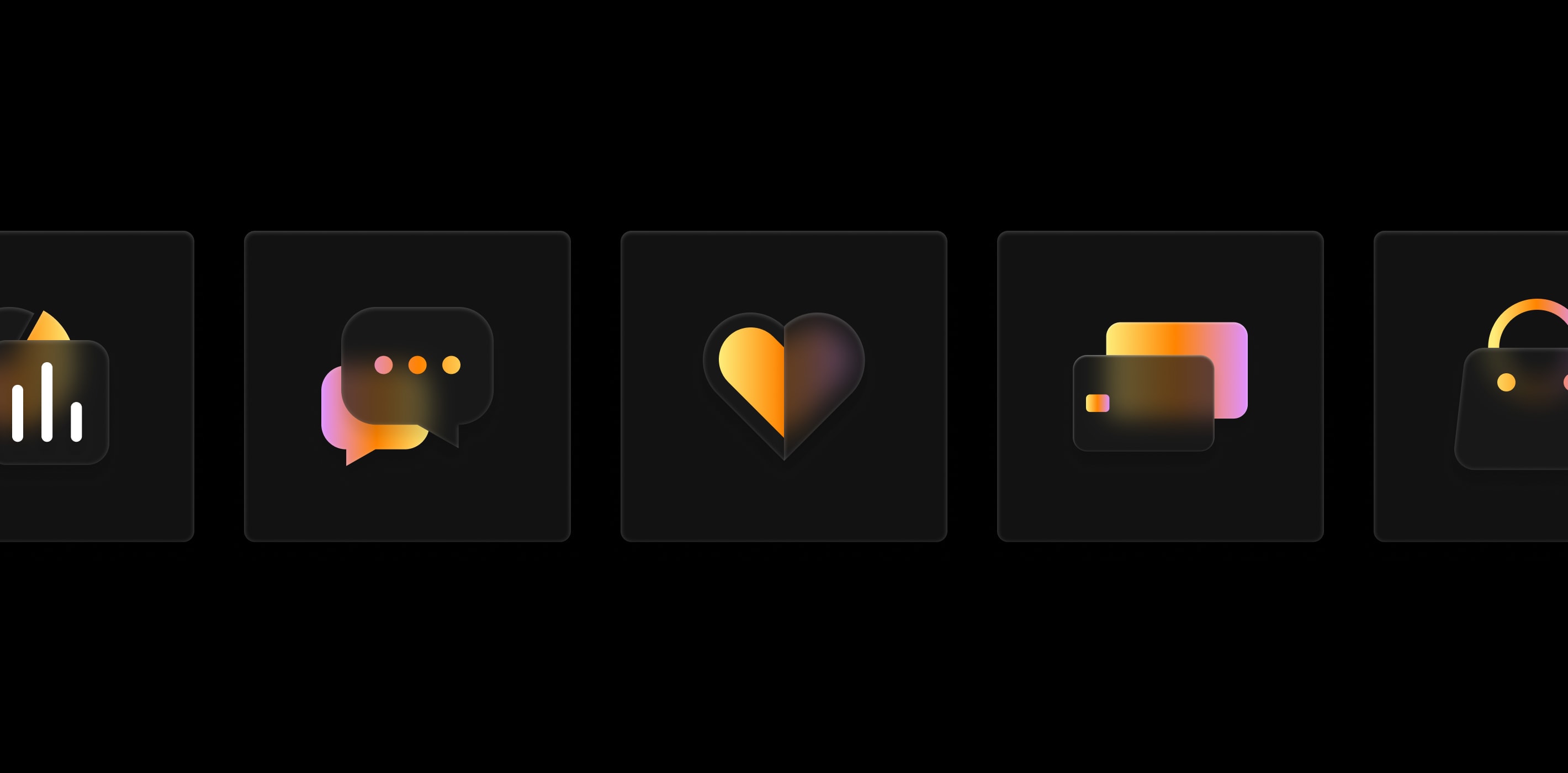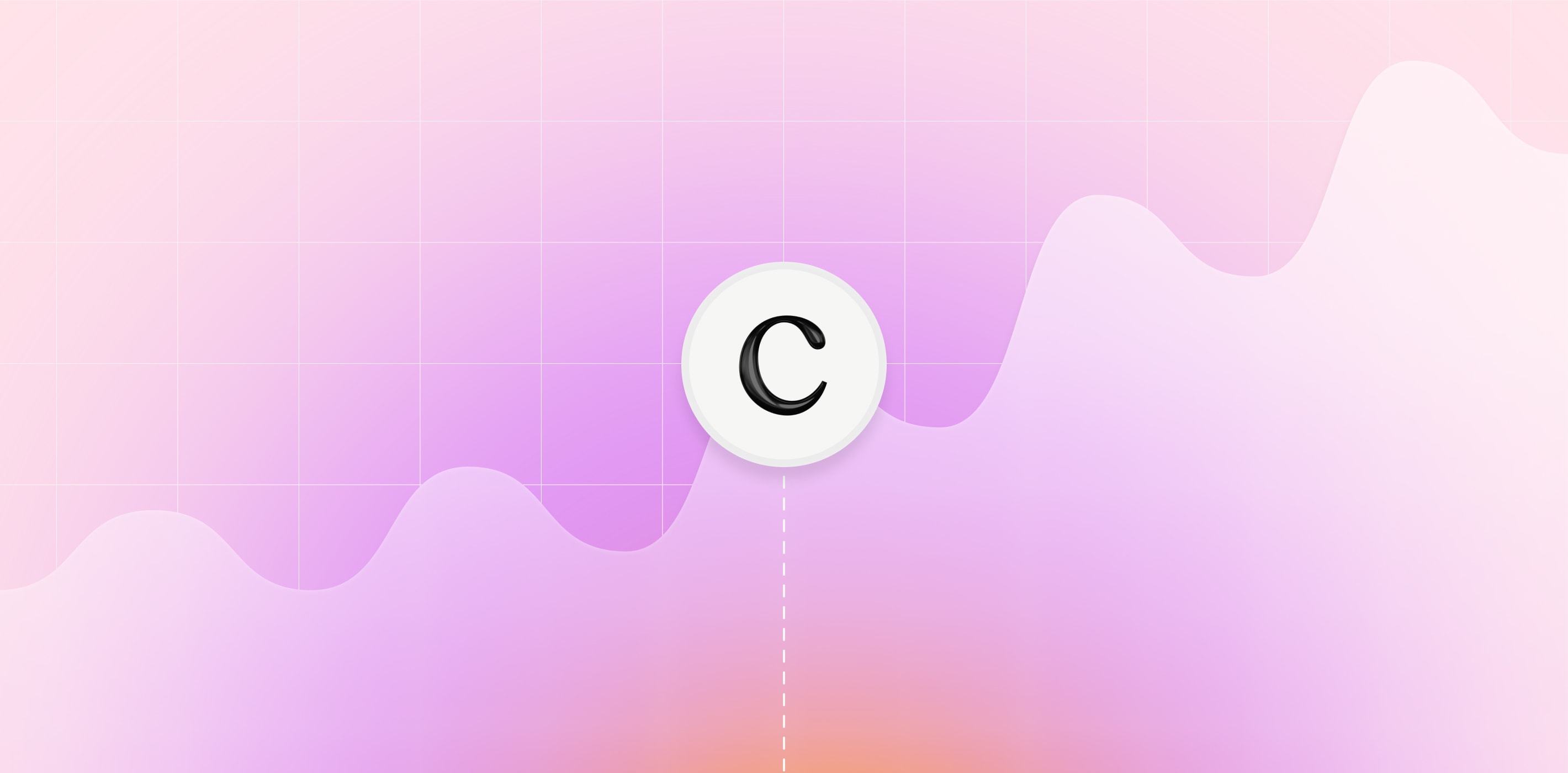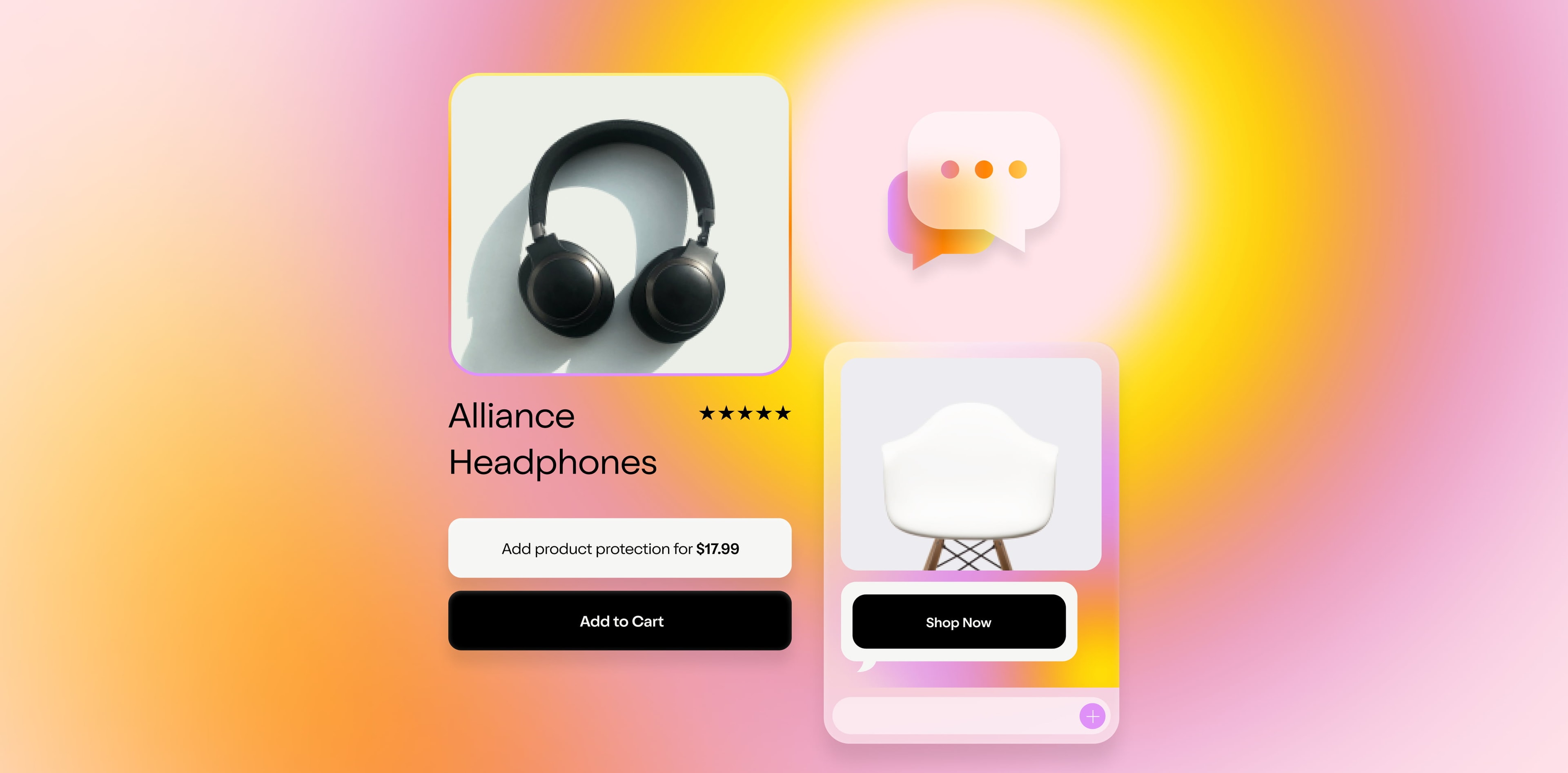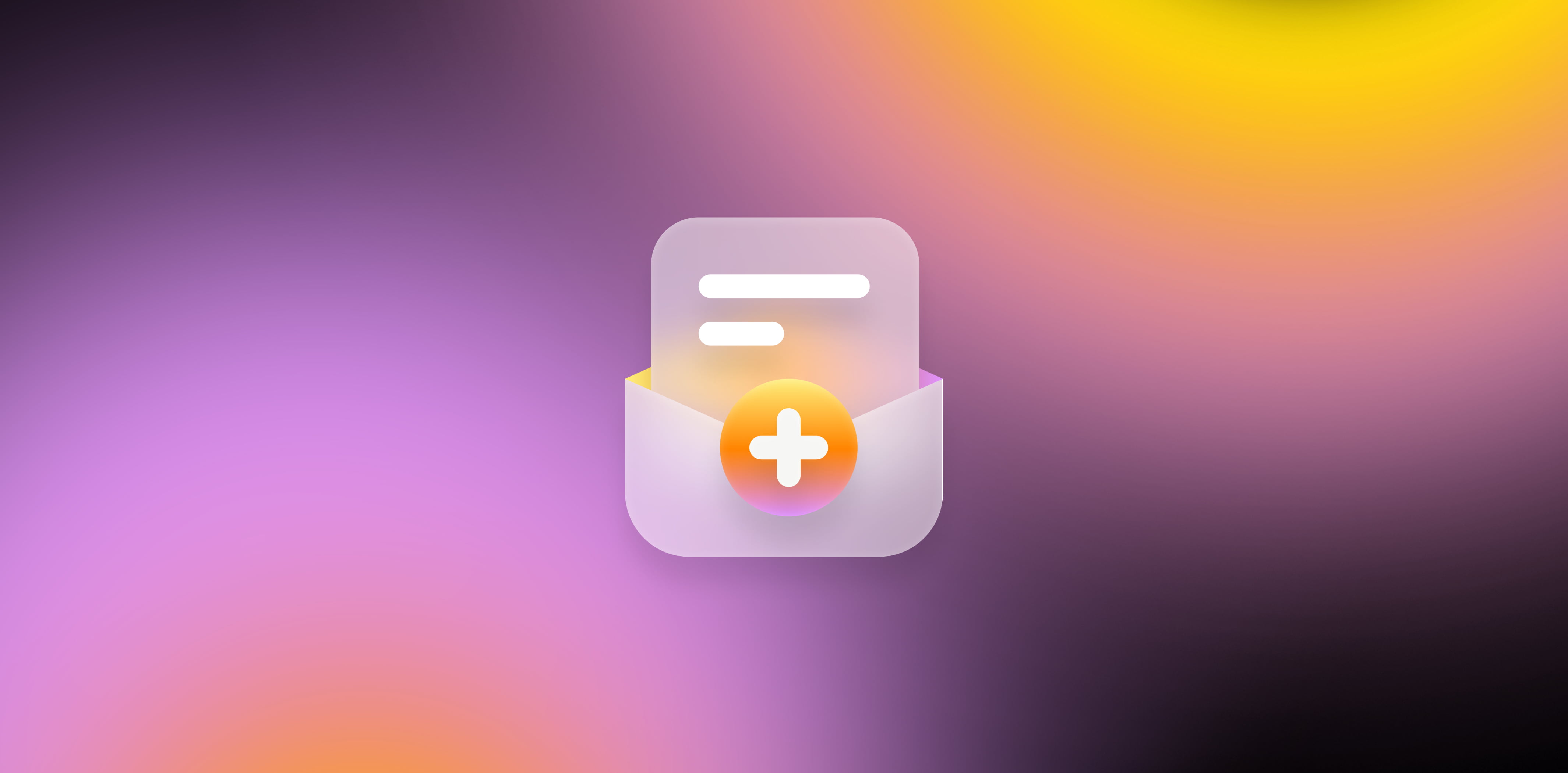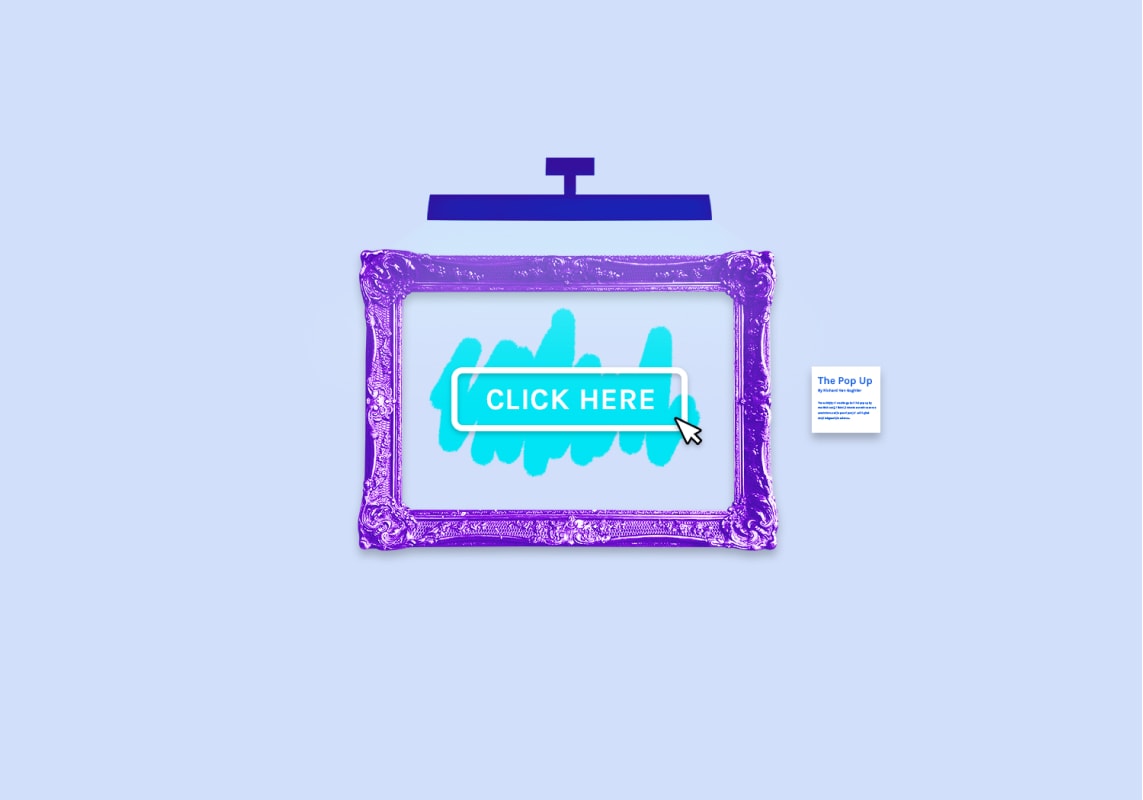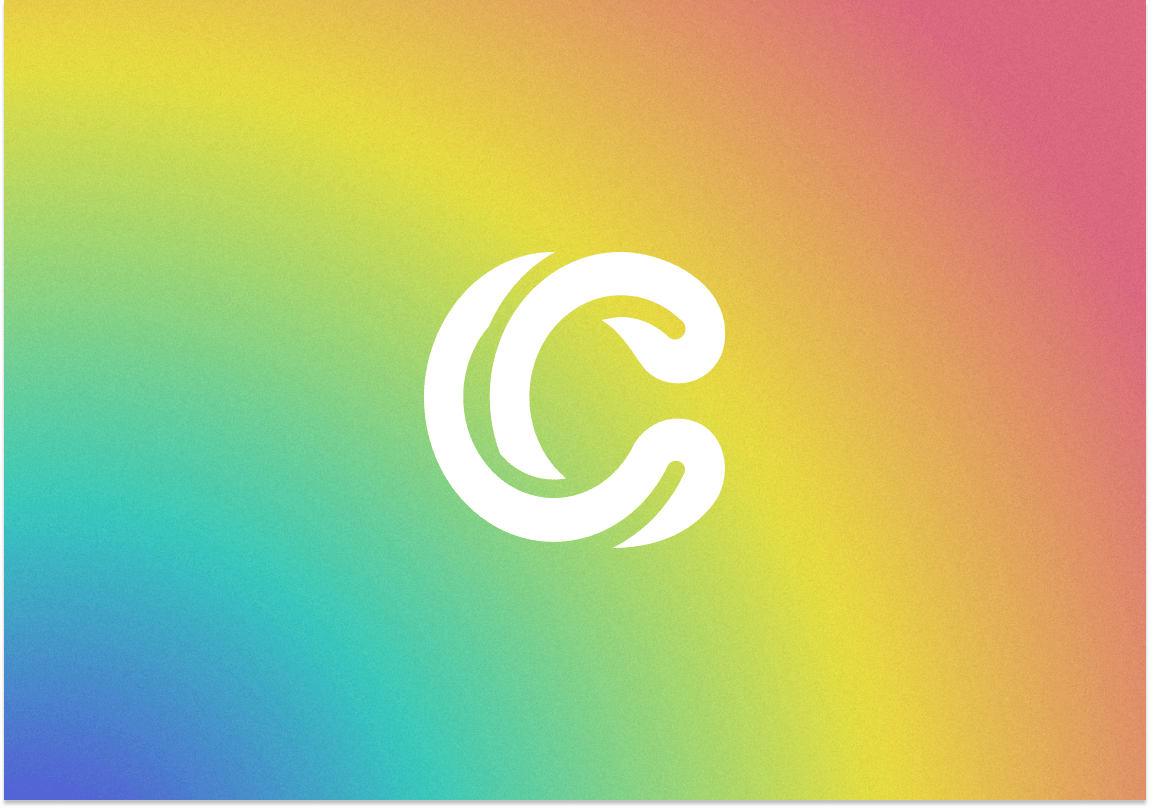Ah, the upsell: the salesperson’s best friend. And, when done right, something that customers can be awfully big fans of, too.
I saw a masterful upseller in action the other day. I was getting my makeup done at a beauty store before a wedding, and as I sat in the chair while a professional applied creams and powders to my face, I listened to her coworker consistently double her sales.
Customers would come up to the register with their items—a few sunscreens, an eye serum, or a specialty shampoo—and the saleswoman would ring them up and then say one simple line: “Do you know about our promotion to get $25 off?”
She’d go on to explain it: customers who spent more than $100 would get a voucher for $25 off that would be good on any purchases made in the following month. It was a one-two upselling punch, since not only was she driving up her average order values (AOVs) because people were going from a $60 basket to a $105 one, but she was all but guaranteed they’d be back the next month to buy more.
Upselling is a key part of any sales plan, but if you’re an eCommerce retailer, you have to be extra strategic about how you do it. You have no register to station friendly salespeople behind, so how are you making sure that your website is optimized for those opportunities?
Here, we’ll show you eight examples of companies that are doing just that.
Upselling vs Cross-selling
What is Upselling?
Upselling is when you persuade a customer to upgrade their product in some way, or to buy more of it.
One of The Best Upselling Examples on the Web
If you’re buying a smartphone and get served with a pop-up that asks if you want to go for the model with additional storage (and that comes as an additional cost), that’s the vendor trying to upsell.
Apple does this really, really well:
While the iPhone 12 is advertised as “from $999,” it’s presented with three storage options, two of which drive up the price.
Apple then asks if you want AppleCare, their warranty program, which is another way of upgrading your product.
What is Cross-selling?
Cross-selling is when you persuade a customer to buy items that are somehow relevant or related to other things they’ve bought.
One of The Best Upselling Examples on the Web
Apple again. After you hit “check out” on their website, you get custom product recommendations as Apple tries a cross-sell:
Both are helpful to vendors and can be useful to customers, too—it all depends on how they’re implemented.
Upselling Statistics That Will Convince You To Implement The Following Tips
Most of the upselling round-ups you’ll find on the internet—including this one from Shopify and this one from Hubspot—repeat the same unlinked, uncited stats: the likelihood of selling to an existing customer is 60-70%, versus the 5-20% likelihood of selling to a new prospect.
But where do those numbers come from?
As it turns out, they come from Jill Griffith’s book Customer Loyalty: How to Earn it, How to Keep It, where the former Vice Chair of Fuddruckers shared a study by research firm Marketing Metrics. She shared that businesses have:
A 15% chance of turning prospects into customers
A 30% chance of successfully selling to previous customers
And a 65% chance of selling to current customers again
Based on those numbers, the takeaway is clear: figuring out ways to get your current customers to buy more is the best bang-for-buck option out there to increase revenue and average order value.
Onto the tips!
8 Upselling Tips and Examples To Get You Started
1. Make Sure Your Upsell Recommendations Are Tailored To Each Customer
Upselling isn’t all about the upside—being too aggressive about it can actually hurt your sales in the end. A 2015 study done at Wharton found that when sales agents are overly focused on upselling, they can double their success rate, but also that the odds of their customers choosing their company in the future will decrease by 5.5%.
One of the best ways to make sure your upsell recommendations are helpful vs. harmful is to make sure they’re for products or services you know your customers are interested in. Don’t try to sell your most expensive product to everyone who comes across your site—focus on the ones you think will actually want it.
Example: How Samsung Targets Upsells
After selecting a 50” Samsung Smart TV, customers are immediately presented with the option to upgrade their TV size for just a few hundred dollars more. It’s reasonable to assume that customers who want a 50” might go for a 55”, too, and the way that it’s presented isn’t in-your-face and aggressive.
2. Implement Product Warranties and Protection
Just like in the AppleCare example from the intro, adding product warranties and protection plans are a great way to upsell your customers. Not only are you offering them something helpful and providing a better customer experience , but you’re doing it in a way that increases your margin and AOV with no additional overhead.
Example: How Barnes and Nobles Drives Upsells with Clyde
Purchases of B&N’s Nook e-readers are offered a chance to add on a protection plan covered by Clyde before checking out. The pop-up clearly shows what’s covered and how much it costs, giving customers a choice. Learn more about selling extended warranties and improving customer lifetime value .
3. Use Free Shipping To Upsell Your Customers
Upselling is all about getting your customers to upgrade their current purchase. An easy way to incentivize them to do that is to give them a target to clear for some kind of payoff. Free shipping is an example of a payoff that’s fairly simple to implement—and one that’s pretty much required in a competitive market—that still has a big influence on customers. (9 out of 10 consumers say free shipping is their top incentive to shop online more!)
Example: How Sephora Increases Upsells with Free Shipping Countdowns
Sephora’s eComm platform offers free shipping once a customer reaches $50. This $15 sunscreen doesn’t meet that cutoff—but the shopping card prompt reminds the customer that they’re “only $35 away from Free Shipping.”
4. Offer Substitutes or Alternatives for Out-of-Stock Items
If a customer is already looking at your products, you’ve nearly made it to the magical 15% (that statistic about how many prospects actually become paying customers). Don’t lose them by being out of stock on the item they’re looking for!
Offering a swap—particularly for a more expensive item—is a great way to keep a customer’s business and potentially get an upsell out of them.
Example: How KitchenAid Upsells with Product Replacements
This is masterful upselling for three reasons. First, the “recommendations” bar loads live on the site as soon as it recognizes that the item a buyer is looking at is out of stock. Second, it’s gentle—asking “Have you considered these?”, which is unlikely to offend a customer or make them feel like they’re experiencing a bait-and-switch. And third, the two actual swaps for the item are more expensive models (from $199.99 to $299.99 and $429.99, respectively—ignore that bowl, that’s not a swap and it’s unclear why it’s even there!). If a buyer did switch, KitchenAid would be enjoying a significant upsell.
5. Send the Upsell Through A Follow-Up Email
On-site upsell opportunities aren’t to be underestimated, but a well-designed email upsell can work, too. Transactional emails are a vendor’s touchpoint trojan horse —they’re the emails consumers are most likely to actually open (versus automatically delete).
By adding upsell opportunities to transactional emails like order confirmations, shipping notifications, or satisfaction surveys, you’ll increase the chance that a consumer will consider shelling out a little more to upgrade their already-purchased item or to add on a more expensive product or service in addition.
Example: How United Airlines Upsells with Confirmation Emails
In an email confirming a flight purchase, United gives their customers several additional purchase options. The chance to get a good deal on a rental car or a hotel are classic cross-selling opportunities, and the option to “select your seat”—for an additional charge, of course—is an upsell.
6. Bundle Products to Upsell Them Together
If you want a consumer to choose a more expensive version of an item, you can incentivize them by making it feel like a deal to do so. That can look like offering $20 or 10% off of a purchase order if you buy a whole set, or throwing in an additional upgrade for free when at least one upgrade is already purchased. Making it seem like there’s a lot to be gained from spending just a little more can often push buyers in the direction of an upsell.
Example: How Mono Upsells Luggage with Bundles
Luggage company Mono could sell their Carry-On Pro Plus—already a great example of an upsell, since it’s more expensive than their regular carry-on, carry-on plus, and carry-on pro—alone, but by offering it as a set with other luggage, like their check-in medium, it encourages buyers to upgrade their purchase even further. (This one’s a bit of a cross-sell and upsell mixed together, but it works!)
7. Offer Price Choices
Customers like choice, and like feeling like they’re getting a deal. “Price anchoring ” is a technical term for when you set a benchmark of how much something should or usually costs, then offer a kind of deal that lowers that pricing, making buyers think they’re getting something special.
It works well with subscription plans or service plans when you want to incentivize customers to buy more. You can upsell to them by showing them that if they’re willing to commit to a longer-term plan, they’re actually getting more for their money.
Example: How Birchbox Upsells Subscriptions with Price Choices
This is a great upsell because Birchbox isn’t actually even offering a change in price for their first two tiers of subscriptions! Sometimes even an illusion of choice is enough. Customers can get one month’s worth for $15...or three months’ worth for $45, at the exact same price. If they’ll commit to a whole 12 months, though, they’ll get a $2/discount per month (a ~13% discount!).
8. Use Social Proof to Encourage Upsell
Social proof, per Neil Patel , is the idea that we want what other people have. A busy restaurant is more appealing than an empty one, for instance.
The same principle works for eCommerce, too—brands and products that other people seem to like will naturally appeal to consumers, who want to feel like they’re not alone in making a purchase and in fact are following in the footsteps of peers they respect.
Social proof and upselling can be as simple as adding banners to popular products and as complicated as showing specific reviews to consumers you think are highly likely to be interested in a product upgrade.
Example: How iRobot Upsells With Social Proof
When a buyer clicks on the “Roomba v9+ robot vacuum,” priced at $1,099.99 on iRobot’s homepage, they’re brought to a product page that immediately pivots them towards a more popular model—that just so happens to be more expensive, too. The “best seller” tag subtly cues buyers to shell out for the upgrade, securing an upsell through social proof.
Combine Multiple Upselling Strategies
There’s no rule that says you have to limit yourself to just one of these upselling strategies. In fact, trying several different ones, all throughout your site, can increase average order values while also giving you valuable data on what’s working best with your target audience.
Example: How Xero Uses Social Proof and Price Choices to Upsell
Accounting software Xero offers a variety of price choices while also pointing out which is most popular (turns out that’s a more-expensive plan, of course!). This is one example of combining different upsell strategies—which will you choose?
Let Clyde Help You Upsell To Your Customers
If you’re not yet offering a purchase protection plan to your customers, it’s worth considering one—they can increase AOV while also improving customer experience and loyalty. To learn how Clyde makes upselling easy, schedule a demo today !
SIGN UP FOR OUR NEWSLETTER
